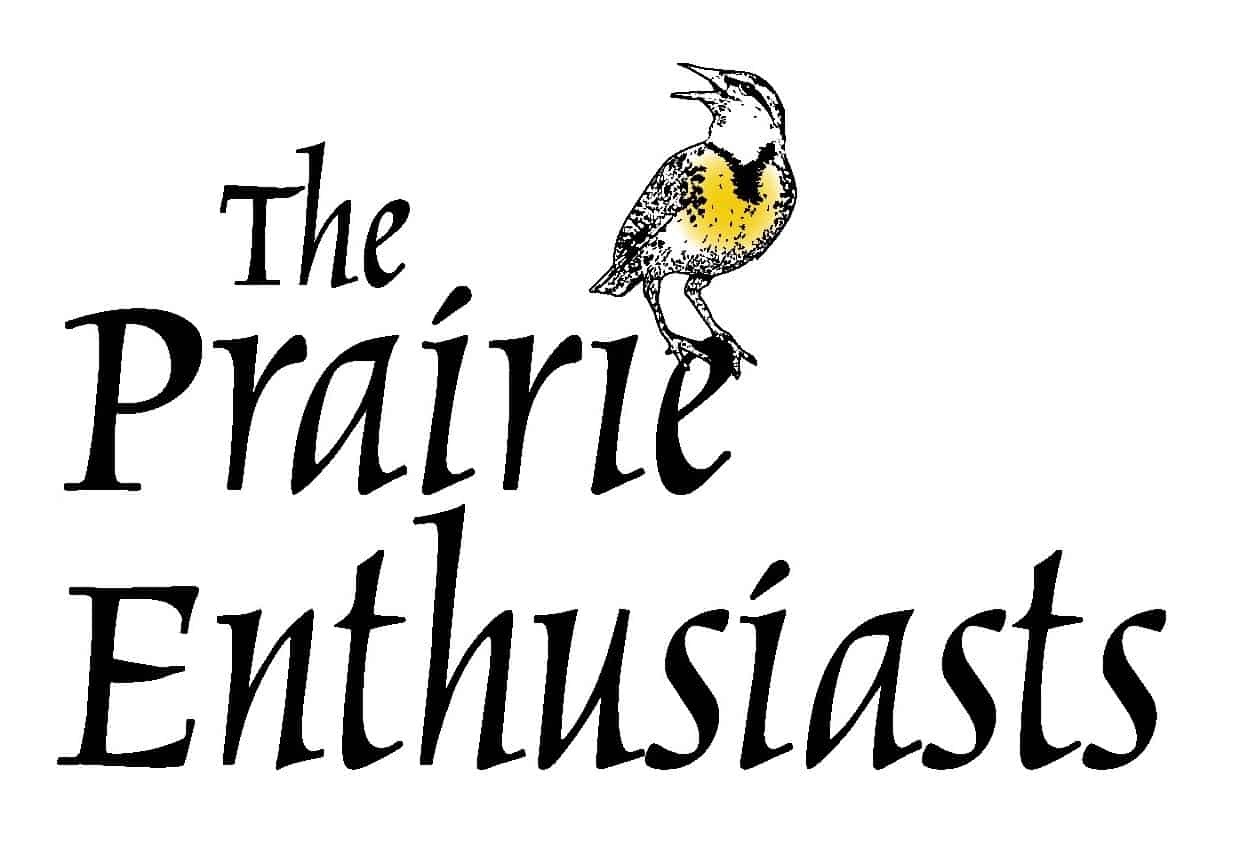It’s been 4 years since our chapter started the Species Conservation Project (SCP) in northwest Illinois (see the feature article in the March 2016 Prairie Promoter here), and in those years I have occasionally written about the rare plant gardens we started to help the SCP along.

Lonetree Farm’s rare plant garden beds. Photo by Rickie Rachuy
In my earlier articles, I mentioned the patience required when trying to duplicate what Mother Nature so willingly bestowed on us over the eons. I could not have known then what we all know now: a need to reach deep and summon the patience required to deal with a very changed world. Personally, I’ve been active outdoors in this time of isolation. The hubby, too, has become an excellent gardener. Together we now tend 117 native plant species in and around the two rare plant gardens here at Lonetree Farm.
We’ve learned a lot in the intervening years. Two important lessons are not to space plants too closely together (it’s hard to compost ‘extra’ seedlings when they’ve been lovingly nurtured under grow lights for months) and to hold back exuberant growth with stakes and chicken wire so other species don’t get smothered.
We pick seed from many of these plants, then overseed onto suitable protected sites. But some species are still coming into their own. The rarest of the rare we are tending include Cirsium hillii (Hill’s thistle), Dalea foliosa (leafy prairie-clover), Lespedeza virginica (slender bushclover), Lithospermum incisum (fringed puccoon), Lonicera reticulatum (yellow grape honeysuckle), Pediomelum esculentum (breadroot or prairie turnip), and Penstemon calycosus (calico false foxglove). Each has its own quirks and its own story.
Cirsium hillii: Cirsium derives from the Greek word kirsos, meaning “swollen vein”. Thistles were used as a remedy against swollen veins. The species epithet hillii is in honor of Ellsworth Jerome Hill (1833-1917), an American botanist and Presbyterian minister.

Cirsium hillii. Photo by Rickie Rachuy
Dalea foliosa: Dalea is a genus of flowering plants in the pea family, Fabaceae. Members of the genus are commonly known as prairie-clover. Its name honors English apothecary Samuel Dale (1659-1739). Foliosa means “leafy”. This is one of the rarest plants in North America.

Dalea foliosa. Photo by Rickie Rachuy
Lespedeza virginica: Lespedeza is derived from a mistaken reading of the name of an early Spanish governor of Florida — Vicente Manuel de Céspedes — by André Michaux, a French botanist and explorer. The specific name virginica refers to the Colony of Virginia.

Lespedeza virginica. Photo by Rickie Rachuy

